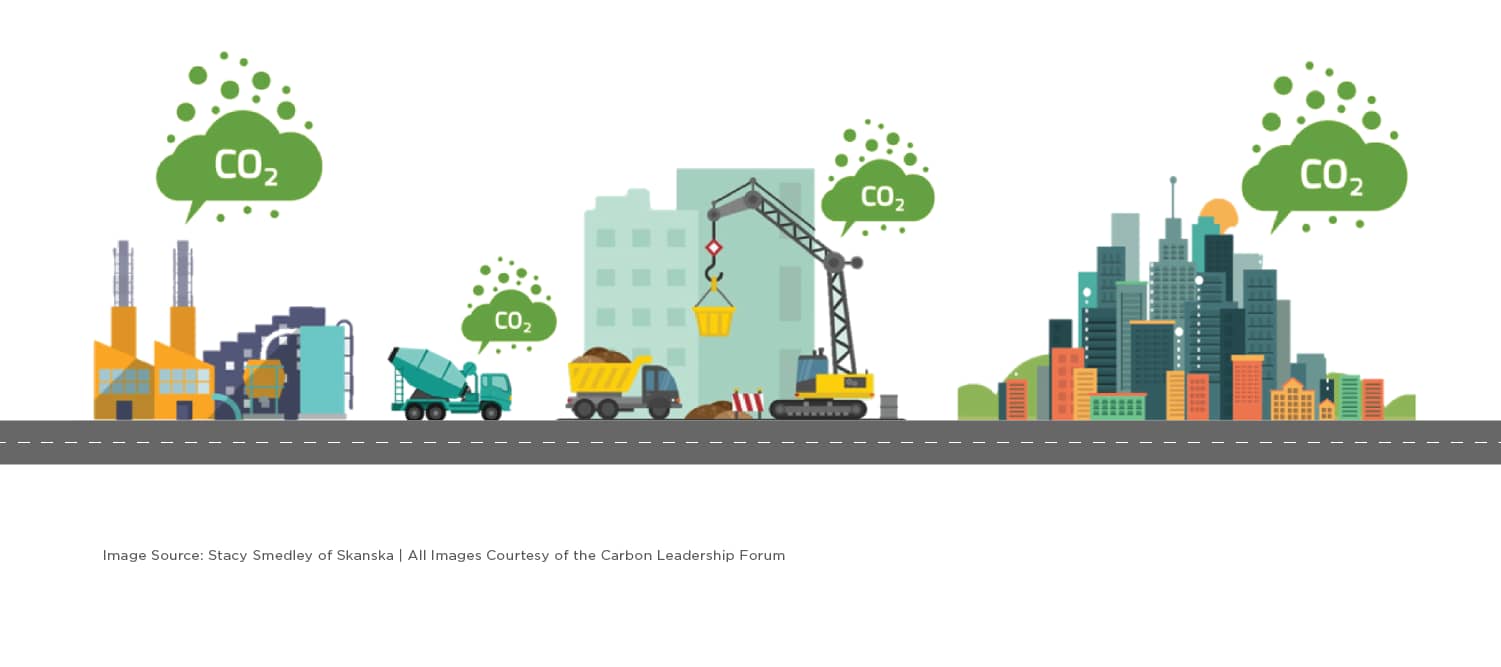In the Pacific Northwest, environmentalism is strong and sustainability is a priority. We’re privileged to live and work here and are encouraged by conscientious clients who think outside the box and regularly ask for product comparisons and creative solutions. Increasingly we’re responding to requests for embodied carbon studies on projects, and this week, we’re excited to share the release of the Embodied Carbon in Construction Calculator (EC3) tool, a resource that empowers us to take an increased role in reducing the environmental impacts of
our buildings.
Historically, teams have channeled this focus on sustainability into an emphasis on buildings’ operational carbon, aiming to lower the Energy Use Intensity (EUI), or energy use over the next 50 to 75 years. This focus is understandable, since work on lowering a building’s operational carbon emissions was the easiest area to see considerable returns. Now, however, things are more balanced; not only have there been considerable improvements to operational energy performance over the past couple decades, but we’re excited to see a shift toward more emphasis on the carbon footprint of our structures as well.
The groundwork is set to continue to do better. The region’s energy codes and requirements are some of the toughest in the nation, and encouragingly, many projects regularly beat the established targets. The new version of LEED (LEED Version 4) and other similar programs now reward teams for collecting Environmental Product Declarations (EPDs) and beating industry averages for embodied carbon. Alternatives like mass timber and high-performance concrete are gaining traction. Owners and architects are asking tough questions and prioritizing sustainability, contributing to a growing movement around lowering carbon emissions from the built environment. An asset to that mission is the new Embodied Carbon in Construction Calculator (EC3) tool.

